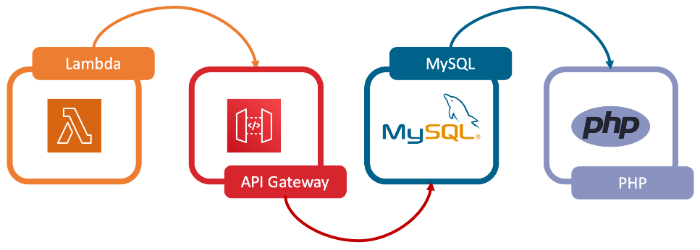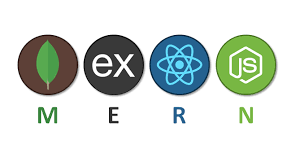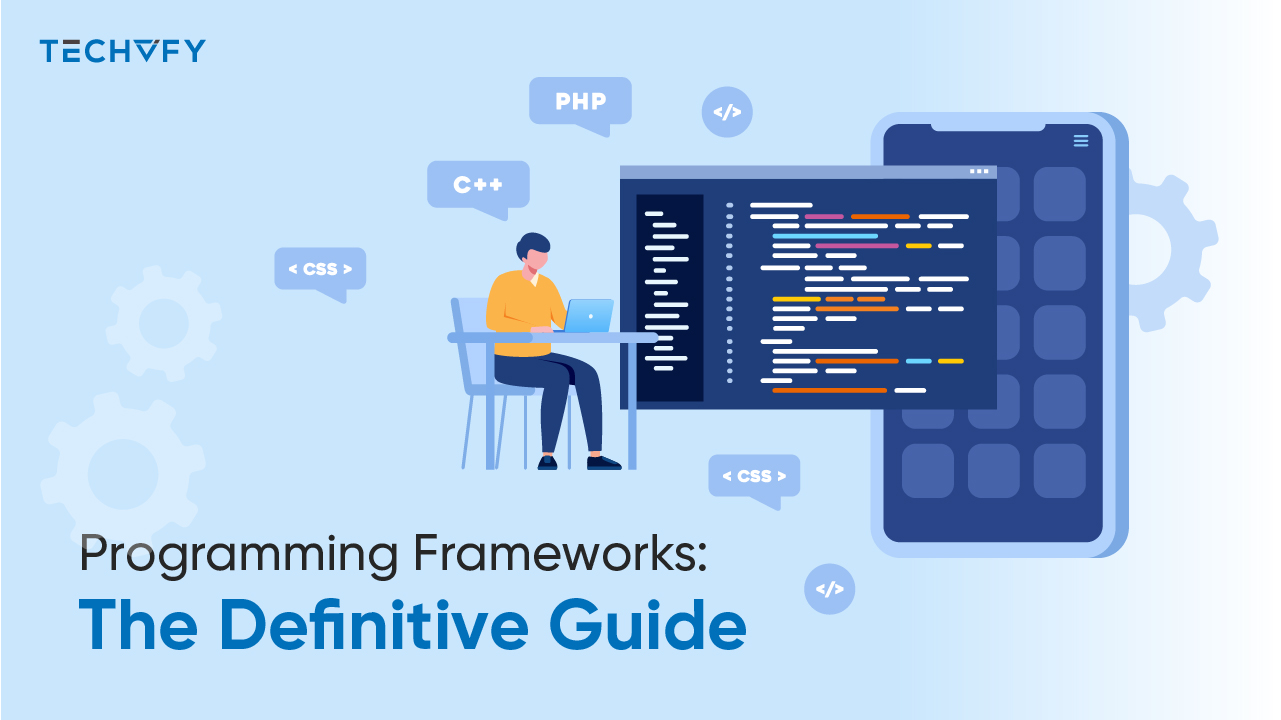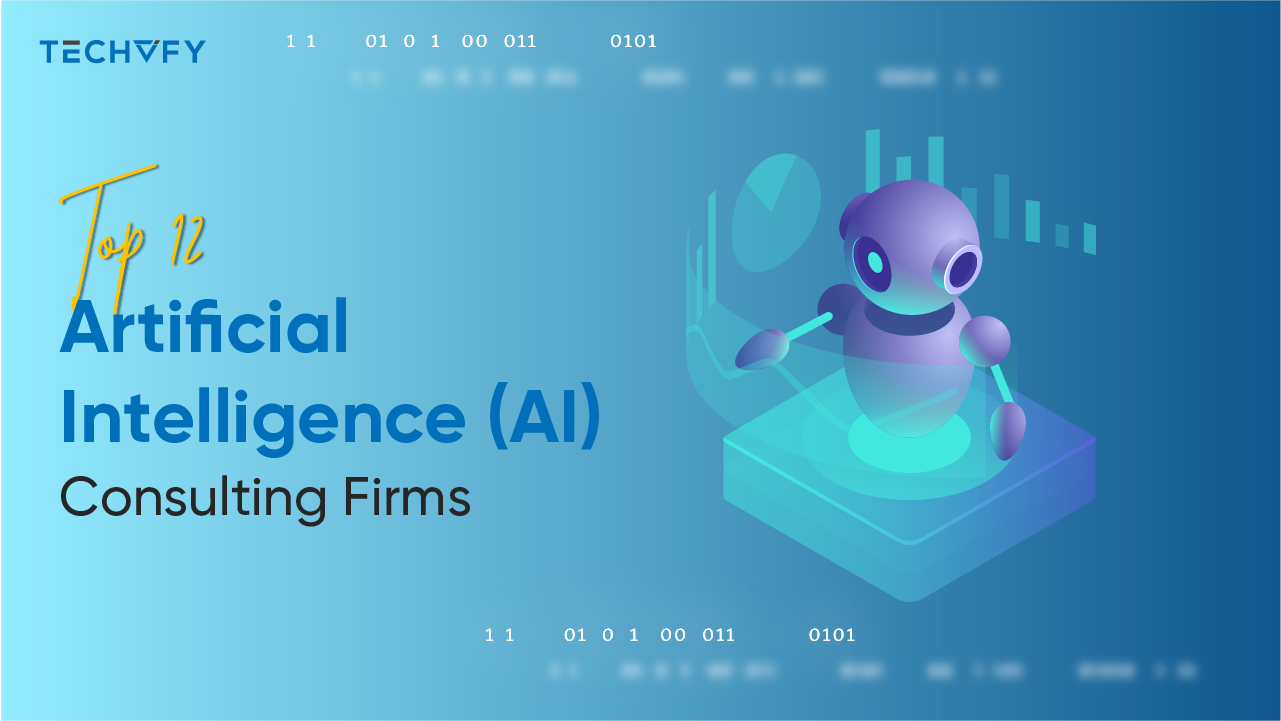Tech Stacks: The Complete Guide
- TECHVIFY Team
- April 10, 2023
- Knowledge, Guides
- 0 Comments
If you are looking to build a powerful and innovative software application, selecting the right tech stack can be the key to success. A well-chosen tech stack can transform your company’s operations, enabling you to achieve your goals faster and more efficiently.
In this guide, we provide a comprehensive overview of tech stacks, including their definition, benefits, and popular examples. Following our guide, you can confidently choose the ideal tech stack for your project and reap the rewards of modern innovation. Don’t settle for less – take control of your software development process and build the application of your dreams.
I. What is a Tech Stack?
A tech stack, short for technology stack, is a collection of tools, frameworks, libraries, and programming languages used to build and deploy a software application. It consists of two main components: the front end (client side) and the back end (server-side). The front end is responsible for the user interface and experience, while the back-end handles data processing, storage, and server management.
II. Why do you need one?
Choosing a tech stack is essential for developing a successful software application for several reasons:
- Turbocharge Performance: An optimized tech stack guarantees that your application works smoothly and reacts swiftly, offering consumers a seamless experience.
- Scale Up Seamlessly: As your application grows, your tech stack should be able to handle increased traffic and feature complexity.
- Enhance Security: In today’s digital age, security is paramount. Utilizing a tech stack that includes security features can safeguard your website against cyber-attacks and data breaches.
- Cost Efficiency: The right tech stack can streamline development, lowers costs, and builds bug-free apps efficiently. It leads to faster development cycles and reduced costs.
- Stay Innovative: Today’s fast-paced digital environment demands innovation. With a tech stack, you can include the newest technologies and frameworks into the project, making it more competitive and appealing to consumers.
Learn more:
III. Most Popular technology stacks
Now that we’ve established the importance of selecting the right tech stack, let’s explore some popular tech stack examples. Some tech stacks are better suited for web applications, while others are better suited for mobile or desktop applications.
#1. LAMP stack
When it comes to creating dynamic web applications, many programmers find the LAMP stack to be the most dependable and cost-effective option. Linux (operating system), Apache (webserver), MySQL (database), and PHP (programming language) are its four main components, and they provide unrivaled adaptability, scalability, and community support. By combining these free and open-source tools, developers may create robust websites that can easily scale to meet the demands of a growing user base. Additionally, the stack’s low cost and widespread adoption make it an ideal choice for businesses of all sizes, from startups to large enterprises.
#2. MEAN stack
The MEAN stack is often listed as the top tech stack for developers. It is a scalable technology, comprising MongoDB, Express.js, Angular.js, and Node.js, and offers a flexible architecture that can handle high traffic and feature complexity. The stack has a wide variety of use cases, from e-commerce platforms to social networks, such as PayPal and LinkedIn. Its open-source nature allows developers to contribute to its development and maintenance, leveraging community-driven resources such as forums and tutorials.
#3. MERN stack
The MERN stack is similar to the MEAN stack, with the primary difference being the replacement of Angular.js with React.js, a popular frontend library. This stack provides a more flexible front-end development experience while maintaining the benefits of a full-stack JavaScript environment.
The best example of using the MERN stack is a social media giant, Facebook. The company has taken advantage of this stack’s powerful components like MongoDB, Express.js, React.js, and Node.js to create dependable web apps that can process Facebook’s enormous data volumes.
#4. MEVN Stack
The MEVN stack has become one of the most popular tech stacks for web development, powering many successful websites such as Grammarly. MongoDB serves as the stack’s NoSQL database, while Express provides developers with a versatile framework for building efficient and reliable web applications. On the front end, Vue.js, a progressive and user-friendly framework, enables developers to build dynamic interfaces that are both sleek and functional. Meanwhile, Node.js powers the backend, providing a fast and efficient web server that can easily handle increased traffic and feature complexity. These components form a powerful toolset that can handle the demands of modern web applications with ease, therefore MEVN stack is a top choice for building dynamic web applications with a fast and responsive user experience.
#5. Ruby on Rails stack
The Ruby on Rails stack, often referred to as the Rails stack, is built around the Ruby programming language and the Rails web application framework. It often includes PostgreSQL as the database and Nginx as the web server. This stack is popular for its convention-over-configuration approach and rapid development capabilities. Moreover, it also comes with many built-in tools and features, such as automated testing and scaffolding, that help developers build robust and efficient web applications more quickly.
#6. The Serverless Stack
The Serverless Stack is an emerging tech stack that focuses on utilizing serverless architectures and services. Instead, the Serverless Stack relies on backend services provided by cloud providers such as AWS Lambda, Google Cloud Functions, or Azure Functions. Hence, developers can write code that executes in response to events like user requests using these services without managing the infrastructure.
There are many advantages to using the Serverless Stack, such as lower costs, better scalability, and a shorter time-to-market. These benefits make it the best tech stack for developing scalable and available event-driven systems like chatbots, real-time data processing, and Internet of Things (IoT) apps.
#6. Flutter stack
The Flutter stack is a mobile app development tech stack based on Google’s Flutter framework. It uses Dart as the programming language and supports Android and iOS platforms. Developers may easily construct high-quality mobile applications with Flutter because of its rapid development cycle. Its hot-reload function expedites testing and debugging, and its widget-based design simplifies the creation of specialized widgets and layouts by programmers.
Compared to other popular tech stacks, Flutter offers many benefits, from a large library of pre-made widgets, and a highly adaptable user interface, to easy integration with backend services. The Flutter development and contributor community is also expanding, meaning that developers who are just getting started with the framework will have access to helpful information and guidance.
IV. How to choose the right tech stack.
Selecting the appropriate tech stack for your project requires careful consideration of the following factors:
- Define project requirements: Start by figuring out: What are the goals of your project? What features do you need? What platforms will your application run on? Answering these questions will help you determine the type of tools and technologies you’ll need to achieve your project goals.
- Determine the team’s skills and expertise: Ensure that your team is comfortable working with the chosen tools and technologies to avoid any delays or issues during development.
- Research popular tech stacks: Research the available tech stacks and their capabilities. Consider factors such as the programming language, database, server, and framework required to build your application. Evaluate the pros and cons of each tech stack to determine which one best fits your project’s requirements.
- Consider scalability and future updates: It’s best to opt for a tech stack that can easily adapt to future changes and updates without significant modifications to the application.
- Assess the community support and documentation: A perfect tech stack for your project will have a vibrant resource available to help troubleshoot any issues that may arise during development.
- Evaluate the security of the tech stack: Consider the security features available within the tech stack and the ability to implement additional security measures if required.
Conclusion
To sum up, understanding the popular tech stacks available for web development is essential for building modern and efficient web applications. Each tech stack has its own strengths and weaknesses, and remember to follow our guide to make an informed decision to choose one that best fits your specific needs. Since then, you can build efficient, reliable, and scalable web applications that provide a great user experience.
FAQs
What is a tech stack?
A technology stack, also known as a software stack, refers to the collection of programming languages, frameworks, and tools that are used to develop and operate a software application.
What is a tech stack example?
Some popular examples of technology stacks such as LAMP, MEAN, MERN, MEVN, and Flutter.








